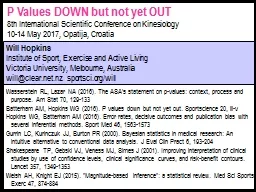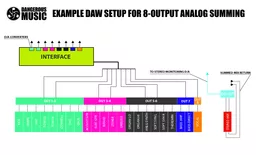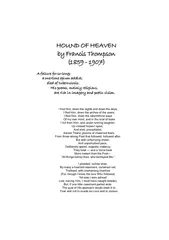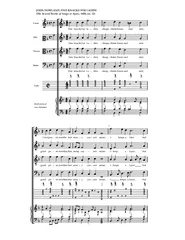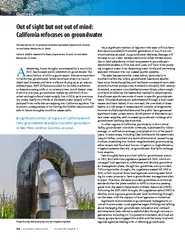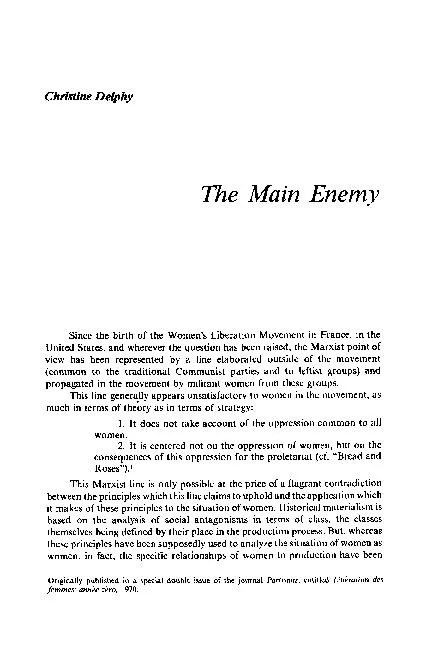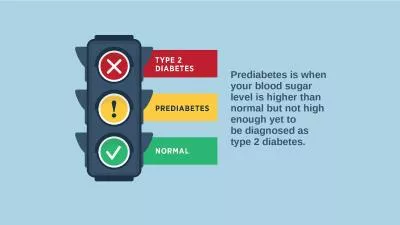PPT-P Values DOWN but not yet OUT
Author : yoshiko-marsland | Published Date : 2017-10-18
8th International Scientific Conference on Kinesiology 1014 May 2017 Opatija Croatia Will Hopkins Institute of Sport Exercise and Active Living Victoria University
Presentation Embed Code
Download Presentation
Download Presentation The PPT/PDF document "P Values DOWN but not yet OUT" is the property of its rightful owner. Permission is granted to download and print the materials on this website for personal, non-commercial use only, and to display it on your personal computer provided you do not modify the materials and that you retain all copyright notices contained in the materials. By downloading content from our website, you accept the terms of this agreement.
P Values DOWN but not yet OUT: Transcript
Download Rules Of Document
"P Values DOWN but not yet OUT"The content belongs to its owner. You may download and print it for personal use, without modification, and keep all copyright notices. By downloading, you agree to these terms.
Related Documents

